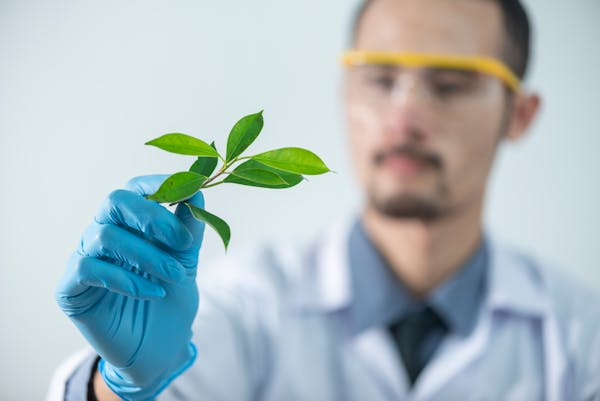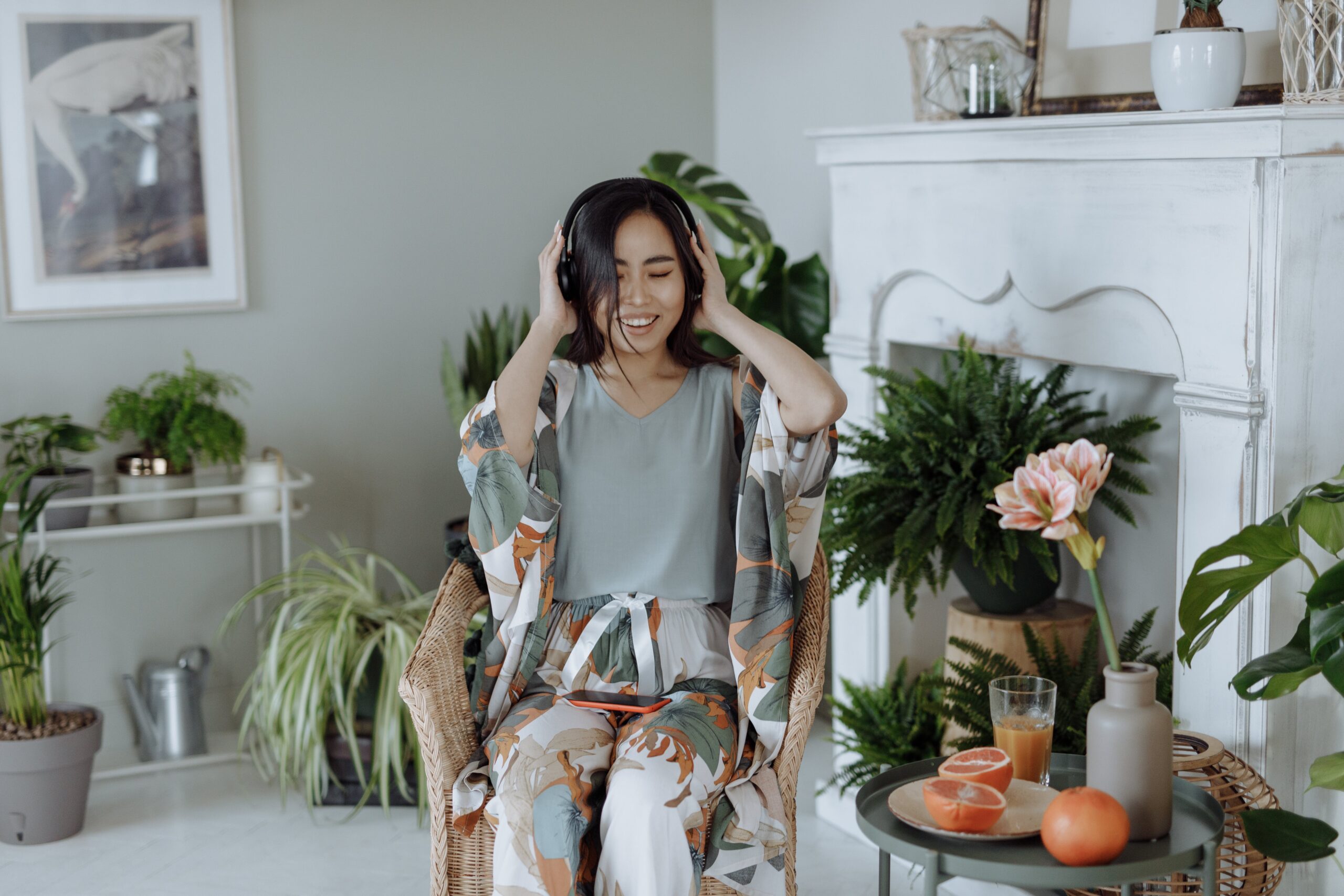Nurturing Nature Indoors: Unveiling the Safety and Splendor of Indoor Gardens
Greetings, dear plant enthusiasts! Welcome to the verdant world of “Nurturing Nature Indoors: Unveiling the Safety and Splendor of Indoor Gardens.” Have you ever found yourself entranced by the allure of indoor gardens, surrounded by the comforting embrace of lush greenery that transforms your living space into a sanctuary of tranquility? If so, you’re not alone. This article invites you to embark on a captivating journey that delves into the safety concerns and the sheer splendor of cultivating nature within the confines of your home.
Picture this: you step into a room adorned with vibrant foliage, the air carrying the subtle aroma of fresh soil. Indoor gardening has evolved into a revolutionary phenomenon, captivating the hearts of green thumbs and aspiring plant parents alike. However, amid the flourishing foliage, a crucial question lingers in the air like the fragrance of blooming flowers – are indoor gardens truly safe? Fear not, for in the following exploration, we shall demystify these safety concerns and illuminate the path to creating indoor havens that not only enchant the senses but also prioritize the well-being of both you and your leafy companions.
the air carrying the subtle aroma of fresh soil. Indoor gardening has evolved into a revolutionary phenomenon, captivating the hearts of green thumbs and aspiring plant parents alike. However, amid the flourishing foliage, a crucial question lingers in the air like the fragrance of blooming flowers – are indoor gardens truly safe? Fear not, for in the following exploration, we shall demystify these safety concerns and illuminate the path to creating indoor havens that not only enchant the senses but also prioritize the well-being of both you and your leafy companions.
Our journey commences with a warm invitation to all “plant pals” – a term that resonates with the camaraderie shared among those who have experienced the soothing presence of indoor greenery. This camaraderie forms the foundation of our exploration, as we delve into the safety myths surrounding indoor gardening, dispelling common worries that may sprout up like little weeds in the minds of skeptics. We shall unravel the truth behind concerns such as the toxicity of plants, watering pitfalls, potential pest invasions, lighting challenges, and the perceived menace of mold, offering you a comprehensive guide to navigate the world of indoor gardening with confidence.
But the adventure doesn’t end there. Once we’ve dispelled these safety myths, we’ll cast a spotlight on five safe indoor plants, each a testament to the symbiosis of safety and splendor. From the practically indestructible Snake Plant to the elegant Peace Lily, the whimsical Spider Plant, the resilient ZZ Plant, and the lush Boston Fern, these green companions promise not only visual delight but also contribute to a harmonious and secure home environment.
As we traverse this green landscape, we’ll uncover best practices for nurturing your indoor garden – from choosing wisely and mindful watering to understanding the nuances of light, implementing natural pest control methods, and monitoring humidity levels. Armed with this knowledge, you’ll be well-equipped to turn your indoor garden into a thriving oasis of health, happiness, and lush splendor.
In the conclusion, we’ll wrap up our exploration, reaffirming that the world of indoor gardening is not just safe but also enchanting and rewarding. The plants recommended here are not merely decorations; they are living testimonials to the possibility of cultivating a green haven within your home without compromising safety. So, plant enthusiasts, let your indoor garden be a sanctuary of well-being. Embrace the therapeutic benefits of cultivating greenery indoors, and watch as your safe indoor haven becomes a thriving oasis of health, happiness, and boundless splendor. Happy gardening!
Dispelling the Safety Myths:
Before we dive into the leafy wonders, let’s address the safety concerns that often sprout up like little weeds. Many skeptics wonder if indoor gardens pose any risks, ranging from toxicity issues to potential pest invasions. Let’s break it down and clear the air around these concerns.
1. Toxicity Tango:
The fear of toxic plants lurking within the confines of our homes is a common worry. While it’s true that some plants can be harmful if ingested, the vast majority of indoor greenery is perfectly safe. In fact, numerous popular indoor plants are non-toxic, ensuring a worry-free environment for families with pets or small children. Choosing wisely is the key, and we’ll explore some safe options shortly.
2. Watering Woes:
Water, the elixir of life for plants, can become a source of concern if not managed properly. Overwatering is a common pitfall, leading to issues like root rot and mold growth. Yet, with a bit of mindfulness and a touch of restraint, indoor gardeners can easily navigate the waters, ensuring both healthy plants and a safe living space.
3. Pests in the Parlor:
Pest invasions are the stuff of nightmares for indoor gardeners, but there’s no need to reach for the chemical artillery. Natural pest control methods, such as neem oil or introducing beneficial insects, can keep your indoor garden free of unwanted guests without compromising the safety of your leafy companions or the environment.
4. Light Drama:
Lighting concerns often cast a shadow on the potential success of indoor gardening. Not all homes boast abundant natural sunlight, and this can lead to challenges in meeting the light requirements of certain plants. Fear not! The availability of artificial lighting options, like LED grow lights, has revolutionized indoor gardening, offering a solution that is both safe and effective.
5. Mold Menace:
Humidity and stagnant air can pave the way for the uninvited guest known as mold. While this might sound like a villain straight out of a gardening horror story, maintaining proper ventilation and monitoring humidity levels can easily keep mold at bay, ensuring a safe and pleasant indoor garden space.
Five Safe Indoor Garden Options:
Now that we’ve swept away the concerns, let’s shine a spotlight on five safe indoor plants that not only elevate your living space but also contribute to a harmonious and secure home environment.
1. Snake Plant (Sansevieria trifasciata):

Meet the unsung hero of indoor gardens – the Snake Plant. With its striking, sword-like leaves and incredible durability, this plant is practically indestructible. More importantly, it’s non-toxic, making it an ideal choice for homes with pets or little explorers. The Snake Plant thrives in low light conditions, making it a versatile and safe addition to any indoor garden.
2. Peace Lily (Spathiphyllum spp.):

Bringing peace to both your heart and home, the Peace Lily is a true gem. With its elegant white blooms and air-purifying prowess, this plant is a double threat – beautiful and beneficial. While it may cause mild irritation if ingested, it’s generally non-toxic and adds a touch of serenity to your indoor oasis.
3. Spider Plant (Chlorophytum comosum):

For those who crave a dash of whimsy in their indoor garden, the Spider Plant is here to weave its magic. With arching leaves that resemble spider legs and tiny offshoots, it’s a playful addition to any space. Fear not, pet owners and parents – this plant is non-toxic, making it a safe choice for curious companions.
4. ZZ Plant (Zamioculcas zamiifolia):

Meet the resilient superstar, the ZZ Plant. Thriving in low light conditions and requiring minimal attention, this plant is a favorite among beginners and busy bees alike. Its glossy, dark green leaves add a touch of sophistication to any room. Plus, it’s non-toxic, making it a safe choice for households with pets or children.
5. Boston Fern (Nephrolepis exaltata):

For those yearning to bring a touch of lush greenery into their homes, the Boston Fern is the go-to choice. Known for its feathery fronds and air-purifying qualities, this fern is as safe as it is stylish. It’s a non-toxic option, making it worry-free for households with pets or kids. Keep in mind that the Boston Fern thrives in higher humidity, making it a perfect fit for bathrooms or areas with moisture.
Indoor Gardening Best Practices:
Now that we’ve met our leafy companions, let’s explore some best practices to ensure your indoor gardening journey is both safe and fulfilling.
1. Choose Wisely:
When selecting plants for your indoor garden, opt for non-toxic varieties, especially if you have pets or young children. The five safe indoor gardens mentioned earlier are excellent choices to get you started on the right foot.
2. Mindful Watering:
Create a watering schedule based on the specific needs of each plant. Ensure that the pots have proper drainage to prevent overwatering and waterlogged conditions. Regularly check the soil moisture to avoid both underwatering and overwatering pitfalls.
3. Light Matters:
Understand the light requirements of your plants and position them accordingly. Some plants thrive in bright, indirect light, while others can tolerate lower light conditions. If natural sunlight is scarce, consider supplementing with artificial lighting, such as LED grow lights.
4. Natural Pest Control:
Combat pests using natural remedies rather than resorting to chemical pesticides. Neem oil, insecticidal soaps, and introducing beneficial insects are effective and safer alternatives. Regularly inspect your plants for signs of infestation and address the issue promptly.
5. Monitor Humidity:
Invest in a hygrometer to monitor humidity levels in your indoor space. Adjust humidity as needed to prevent mold growth and create an optimal environment for your plants. Some plants, like Boston Ferns, thrive in higher humidity, so tailor your indoor garden to the specific needs of your green companions.
Conclusion: Embracing the Green Haven
As we wrap up our exploration of indoor garden safety, it’s evident that the world of indoor gardening is not only safe but also enchanting and rewarding. The five safe indoor plants – Snake Plant, Peace Lily, Spider Plant, ZZ Plant, and Boston Fern – stand as testaments to the fact that you can cultivate a green haven within your home without compromising on safety.
So, dear plant enthusiasts, let your indoor garden be a sanctuary of well-being. Embrace the therapeutic benefits of cultivating greenery indoors, and watch as your safe indoor haven becomes a thriving oasis of health, happiness, and lush splendor. Happy gardening!

